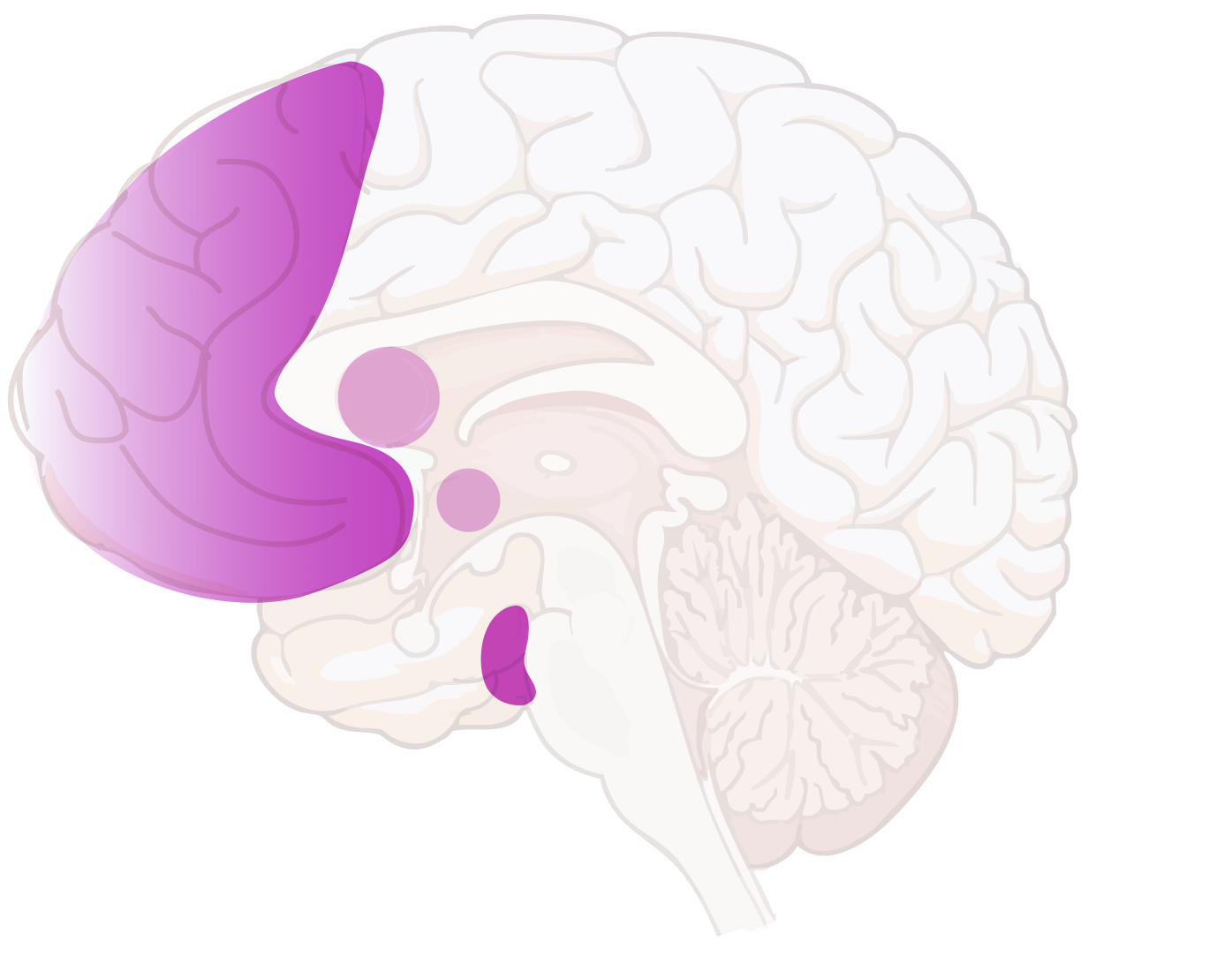Research suggests that M1 and M4 receptors may play a key role in neuronal signaling in brain regions that are thought to be implicated in a variety of neuropsychiatric conditions, including6,7:
- Schizophrenia
- Alzheimer’s disease-associated cognitive impairment, psychosis and agitation
- Bipolar I disorder
- Irritability associated with autism
